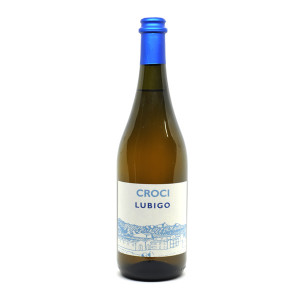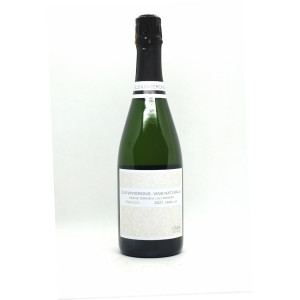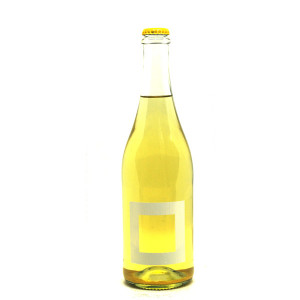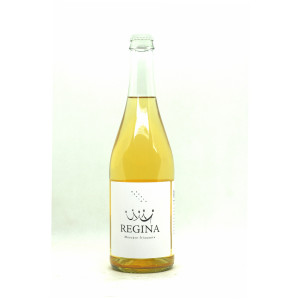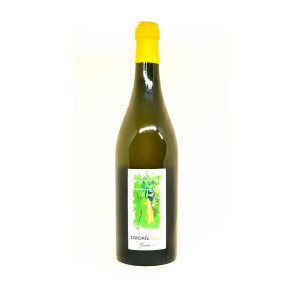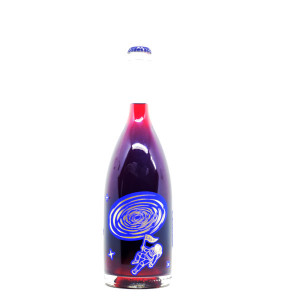SPARKLING WINES THAT PASSION
Sparkling wine or Champagne, classic method or charmat method? Spumanti di Valdobbiadene, Prosecco, or Bollicine della Franciacorta? Here is a brief guide to understanding the different processing methods. In the Classic Method and in Champagne, refermentation takes place in the bottle. After the first fermentation, the base wine thus produced, usually with a very marked acidity, is bottled with the addition of the so-called liqueur de tirage, a mixture of sugar, yeast and wine capable of starting the refermentation in the bottle, thus producing the carbon dioxide that gives the wine the traditional foam, the so-called "perlage". In general, the second fermentation lasts a few weeks, then the wine will remain in contact with its fine lees for a period of time ranging from a few years to decades, acquiring aromas and aromas that characterize it, in short, the more time the better. When the winemaker decides that it is the time for disgorgement, the bottles are shaken and rotated periodically to allow the lees to flow towards the cork, in a special container called bidule. This operation can last months, in fact today this work is done with machines called giropallets. When all the dregs are in the bidule the cork is removed by quickly uncorking the bottle so that there is no dispersion of wine and bubbles. There are two opening procedures: freezing the neck of the bottle so as to solidify the lees, or with a more traditional method called a la voleè, used above all in the case of magnums. The bottle is then topped up with the so-called liqueur d'expedition consisting of wine, brandy and sucrose. Depending on the amount of liqueur added, sparkling wines are divided into: pas dosè, extra brut, brut, extra dry, and sweet. In Italy there are many wineries producing sparkling wines Metodo Classico, and the best ones are found in Franciacorta, and in Trentino. In the Charmat or Martinotti Method instead, the refermentation takes place in an autoclave and the yeast sediment is eliminated by isobaric filtration before bottling. It is a method invented by the Italian Federico Martinotti, director of the Royal Oenological Station of Asti, but which was patented by the French engineer Eugène Charmat. It requires shorter processing times, even if there is a short method that lasts 3 months and a long one that usually lasts 6 months. It is used for those vines that can express fresh and fruity aromas such as Moscato, Riesling, Glera, and Muller Thurgau. The Charmat method allows to obtain both sweet and dry sparkling wines and is used to produce Asti spumante, Moscati, Prosecco and aromatic Malvasia. There is a third method for the formation of bubbles called the Ancestral Method. The "Ancestral Method" is the oldest and most natural procedure for obtaining sparkling wines characterized by a delicate and persistent perlage. An example of all, are two regions of great tradition such as Emilia Romagna with its Lambrusco or Veneto with its Prosecco "con il fondo". Looking beyond Italy, the Blanquette in Languedoc-Roussillon in France stands out. In the Ancestral method the fermentation is stopped at a precise sugar content, necessary to guarantee the recovery of the same after bottling, without the additional addition of sugars and yeasts. With the arrival of the first warm, usually in spring, the fermentation starts again with the formation of bubbles, or as the French say, a slightly sparkling "petillant". These wines that do not undergo disgorgement usually appear turbid and present the classic smell of bread crust due to the action of yeasts.



